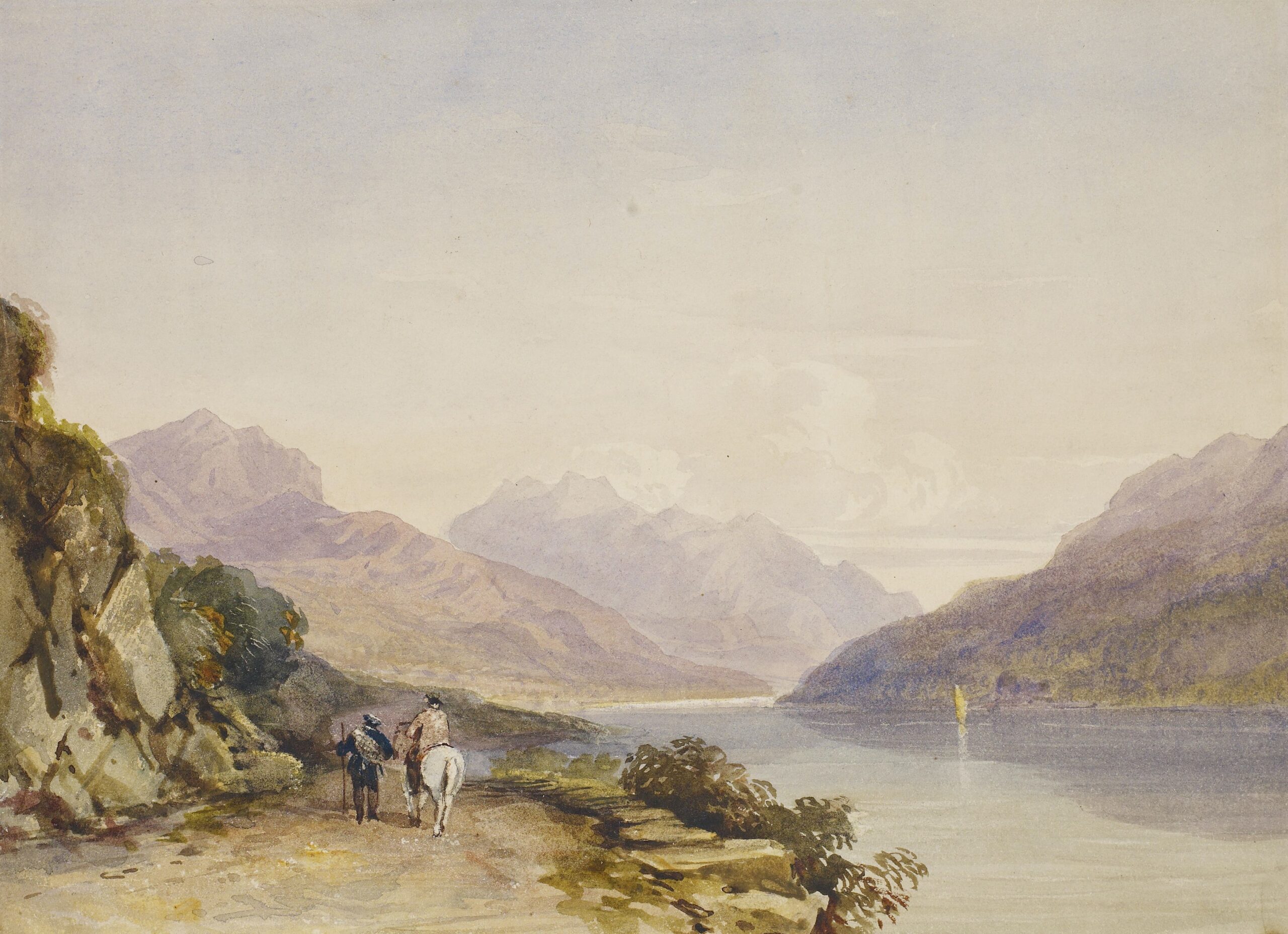Acrylic paint, a popular medium for artists due to its versatility and vibrant colors, has sparked curiosity about its behavior when encountering water. With its water-based formula, one might question whether acrylic paint will effortlessly float on water or succumb to the inevitable sinking. In this article, we will examine the fascinating phenomenon of whether acrylic paint defies gravity and remains afloat or meets its watery demise. Prepare to delve into the absorbing world of acrylic paint’s interaction with water and uncover the answer to the intriguing question – does acrylic paint float on water?
What is Acrylic Paint
Definition of Acrylic Paint
Acrylic paint is a versatile and widely used medium that is known for its quick-drying and water-soluble nature. It is made up of a pigment suspended in an acrylic polymer emulsion, which gives it its unique properties. Acrylic paint is available in a wide range of colors and finishes, making it a preferred choice for artists, crafters, and DIY enthusiasts.
Composition of Acrylic Paint
Acrylic paint is composed of two main components: pigments and a binder. The pigments are finely ground particles that provide color to the paint, while the binder is a polymer emulsion that holds the pigments together, allowing the paint to adhere to various surfaces. Other additives, such as fillers, extenders, and preservatives, may also be included in the paint formulation to enhance its performance and durability.
Properties of Acrylic Paint
Acrylic paint possesses several desirable properties that make it a popular choice among artists and hobbyists. Firstly, it has a fast drying time, which allows artists to work quickly and layer colors effectively. Additionally, acrylic paint is water-soluble when wet, making it easy to clean up with water and soap. Once dry, it forms a durable and flexible film that is resistant to cracking, fading, and yellowing over time. Acrylic paint can be applied to a wide variety of surfaces, including canvas, wood, paper, ceramics, and even fabric, making it a versatile medium for artistic expression.
Buoyancy and Density
Explanation of Buoyancy
Buoyancy is the upward force exerted on an object immersed in a fluid, such as water, due to the difference in pressure between the top and bottom of the object. This force is caused by the displacement of fluid by the object and is dependent on the object’s volume and the density of the fluid. In simpler terms, buoyancy determines whether an object floats, sinks, or remains suspended in a fluid.
Understanding Density
Density is a physical property that measures the mass of a substance per unit volume. It determines how closely packed the particles are within a material and is often expressed in grams per cubic centimeter (g/cm³). In the context of buoyancy, the density of an object and the density of the fluid it is placed in determine whether the object will float or sink. If the object’s density is lower than that of the fluid, it will float; if it is higher, it will sink.

This image is property of images.unsplash.com.
Does Acrylic Paint Float on Water
Exploring Acrylic Paint’s Buoyancy
Acrylic paint, in its liquid state, generally floats on water due to its lower density compared to water. The polymer emulsion in acrylic paint has a lower density than water, allowing the paint to displace the water and remain on the surface. However, it is important to note that the specific components and formulation of acrylic paint can affect its buoyancy.
Factors Affecting Acrylic Paint’s Floating Ability
Several factors influence the floating ability of acrylic paint. Firstly, the composition of the paint, including the type of binder used, can affect its density and, consequently, its ability to float on water. Water-based acrylic paints, which have a higher water content in their emulsion, tend to have a lower density and are more likely to float than oil-based acrylic paints.
Another factor to consider is the surface tension of the water. Surface tension is the force acting upon the surface of a liquid, preventing it from being penetrated or broken. If the surface tension is high, it can prevent the paint from spreading evenly and may cause it to bead up or sink. However, if the surface tension is reduced, for example, by adding a surfactant, the paint is more likely to float and spread smoothly on the water’s surface.
Composition of Acrylic Paint
Water-Based Acrylic Paint
Water-based acrylic paint, also known as latex or acrylic latex paint, is formulated with water as the primary solvent. It consists of acrylic polymer emulsion, water, pigments, fillers, and other additives. The water content in the paint makes it easy to clean up with water and reduces the release of toxic fumes compared to oil-based paints. Water-based acrylic paint is commonly used for interior and exterior applications, such as painting walls, furniture, and crafts.
Oil-Based Acrylic Paint
Oil-based acrylic paint, on the other hand, is formulated with an organic solvent, usually mineral spirits or turpentine, as the primary medium. It contains the same acrylic polymer emulsion as water-based acrylic paint, but the presence of an organic solvent increases its viscosity and drying time. Oil-based acrylic paint offers a glossy finish and is often preferred for certain applications, such as outdoor metalwork or when working with traditional painting techniques.

This image is property of images.unsplash.com.
Surface Tension
Defining Surface Tension
Surface tension is the cohesive force acting on the surface of a liquid, causing it to behave as if it were covered by a stretched elastic skin. It is a result of the attractive forces between the liquid molecules, which tend to minimize the surface area of the liquid. Surface tension determines the behavior of liquids when they come into contact with solid surfaces or other liquids and plays a significant role in the floating ability of materials.
Effect of Surface Tension on Paint
The surface tension of water can affect the floating ability of acrylic paint. If the surface tension is high, the paint may struggle to spread evenly on the water’s surface, causing it to bead up or sink. However, reducing the surface tension by adding a surfactant can help the paint spread smoothly and float more effectively. Surfactants are compounds that lower the surface tension of a liquid and improve its wetting and spreading properties.
Setting and Drying Time
Impact of Setting Time on Floating Ability
The setting time of acrylic paint refers to the time it takes for the paint to become tacky or partially dry to the touch. During this stage, the paint may still be malleable and can be shaped or manipulated. The setting time can impact the floating ability of acrylic paint, as it affects the paint’s viscosity and surface tension. If the paint sets too quickly, it may not have enough time to spread evenly on the water’s surface, leading to poor floating ability.
Effect of Drying Time on Floating Ability
The drying time of acrylic paint refers to the time it takes for the paint to fully dry and cure, forming a durable and solid film. The drying time can vary depending on factors such as temperature, humidity, and the thickness of the paint layer. If acrylic paint dries too quickly, it may not have enough time to displace the water on the surface, leading to sinking or poor floating ability. Conversely, if the paint takes too long to dry, it may become overly saturated with water, causing it to lose buoyancy.

This image is property of images.unsplash.com.
Thickness and Viscosity
Relation between Thickness and Floating
The thickness of acrylic paint can impact its floating ability. Thicker layers of paint tend to have a higher density, making them more likely to sink in water. Thin layers of paint, on the other hand, have a lower density and are more buoyant. When attempting to float acrylic paint on water, applying thin and even layers can improve the chances of successful floating.
Effect of Viscosity on Buoyancy
Viscosity refers to the resistance of a fluid to flow and is related to its thickness or consistency. The viscosity of acrylic paint can influence its floating ability, as highly viscous paint may struggle to spread evenly on the water’s surface, leading to sinking. Lowering the viscosity, for example, by adding a medium or water to the paint, can improve its flow and buoyancy.
Pigment Concentration
Influence of Pigment Concentration on Floatation
The concentration of pigments in acrylic paint can impact its floating ability. Pigments are the colorants in paint and can vary in density depending on their composition and particle size. Higher concentrations of pigments in the paint formulation can increase its density, making it more likely to sink. Conversely, lower pigment concentrations can result in a lower density and improved floatation. However, it is important to note that altering the pigment concentration may also affect the vibrancy and opacity of the paint.
Dilution and Its Impact on Floating
Diluting acrylic paint with water or a medium can be a method to reduce its density and improve floating ability. Dilution increases the volume of the paint mixture and alters its density, potentially making it more buoyant. However, excessive dilution may affect the paint’s consistency, drying time, and overall performance. It is crucial to carefully measure and adjust the amount of dilution to achieve the desired floatation results without compromising the paint’s quality.

Surfactants and Additives
Role of Surfactants in Buoyancy
Surfactants play a crucial role in improving the floating ability of acrylic paint. Surfactants reduce the surface tension of water, allowing the paint to spread more evenly and remain floating on the surface. They also enhance the wetting properties of the paint, ensuring better adhesion to the substrate and reducing the risk of sinking or beading up. When using acrylic paint for floating techniques, incorporating a suitable surfactant into the paint mixture can significantly improve its ability to remain buoyant.
Effect of Additives on Floating
Various additives can be incorporated into acrylic paint to enhance its properties and performance. Additives such as extenders, flow improvers, or retarders may affect the paint’s viscosity, drying time, or adhesion, which can indirectly influence its floating ability. It is essential to consider the specific characteristics of the additives and their potential impact on the floating performance of acrylic paint. Experimentation and proper understanding of the additives’ effects are crucial to achieving the desired results.
Clean-Up and Disposal
Proper Clean-Up of Acrylic Paint
Cleaning up acrylic paint requires proper care to ensure the longevity of tools and protect the environment. When cleaning brushes, palettes, or other painting utensils, it is recommended to rinse them with water immediately after use. Avoid letting the paint dry on the brushes or tools, as it can become difficult to remove. Use mild soap or a brush cleaner if necessary, thoroughly rinsing until the water runs clear. Dispose of any rinse water responsibly, avoiding direct discharge into water bodies or drainage systems.
Environmentally Friendly Disposal Methods
Acrylic paint should be disposed of properly to minimize its impact on the environment. Small amounts of dried acrylic paint can be placed in the regular trash, preferably in a sealed container to prevent accidental release. However, if you have larger quantities of leftover paint or unused tubes, consider donating them to art organizations, schools, or community centers that can make use of the materials. Many cities also offer hazardous waste disposal facilities where acrylic paint can be safely disposed of or recycled. Always check with local guidelines and regulations for proper disposal methods in your area.
In conclusion, acrylic paint can float on water due to its lower density and the properties of its composition. Factors such as the type of acrylic paint, its formulation, surface tension, drying time, thickness, pigment concentration, and the use of surfactants and additives can all influence its floating ability. Understanding these factors can help artists and enthusiasts achieve the desired results when attempting floating techniques with acrylic paint, while also ensuring proper clean-up and environmentally friendly disposal practices.




